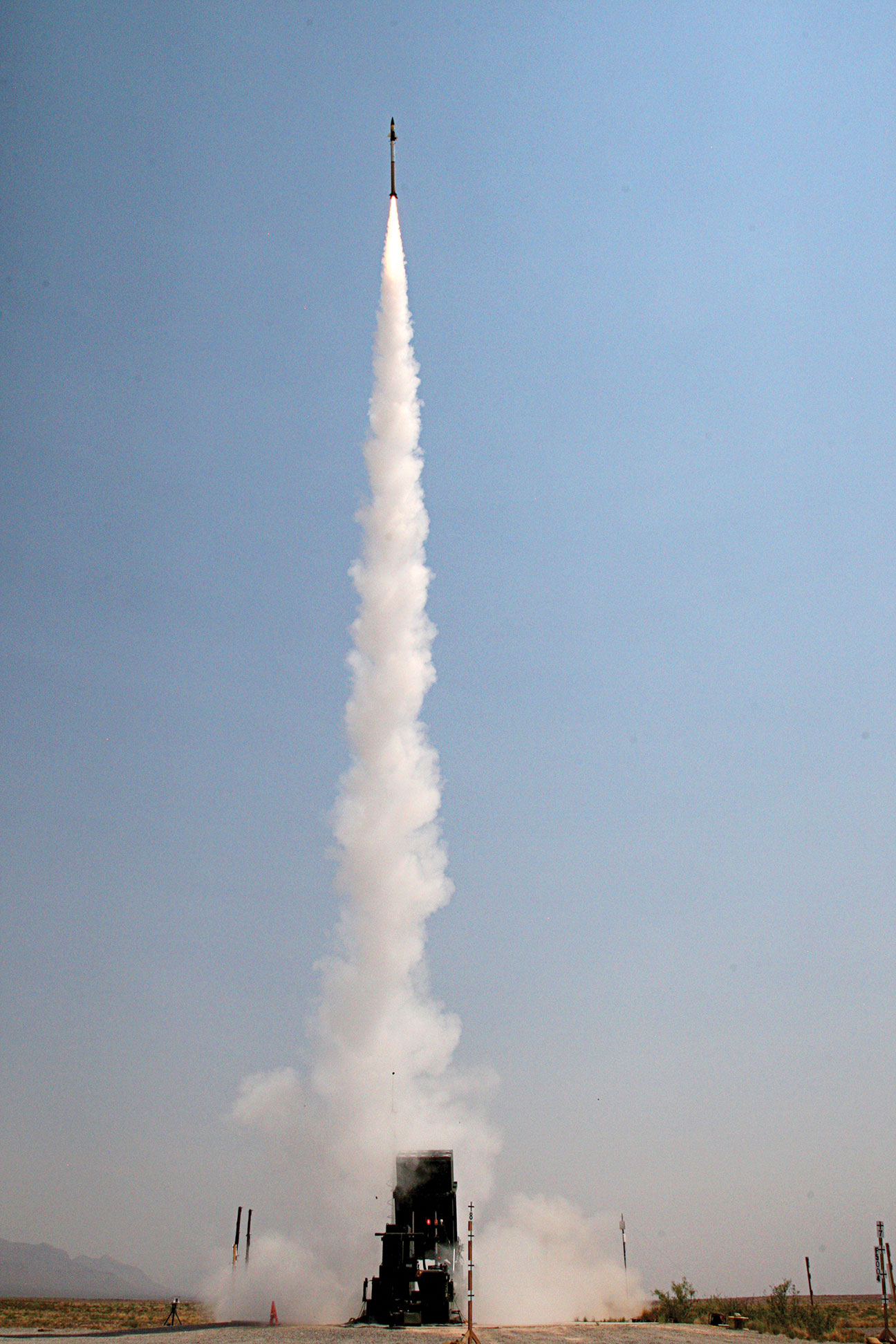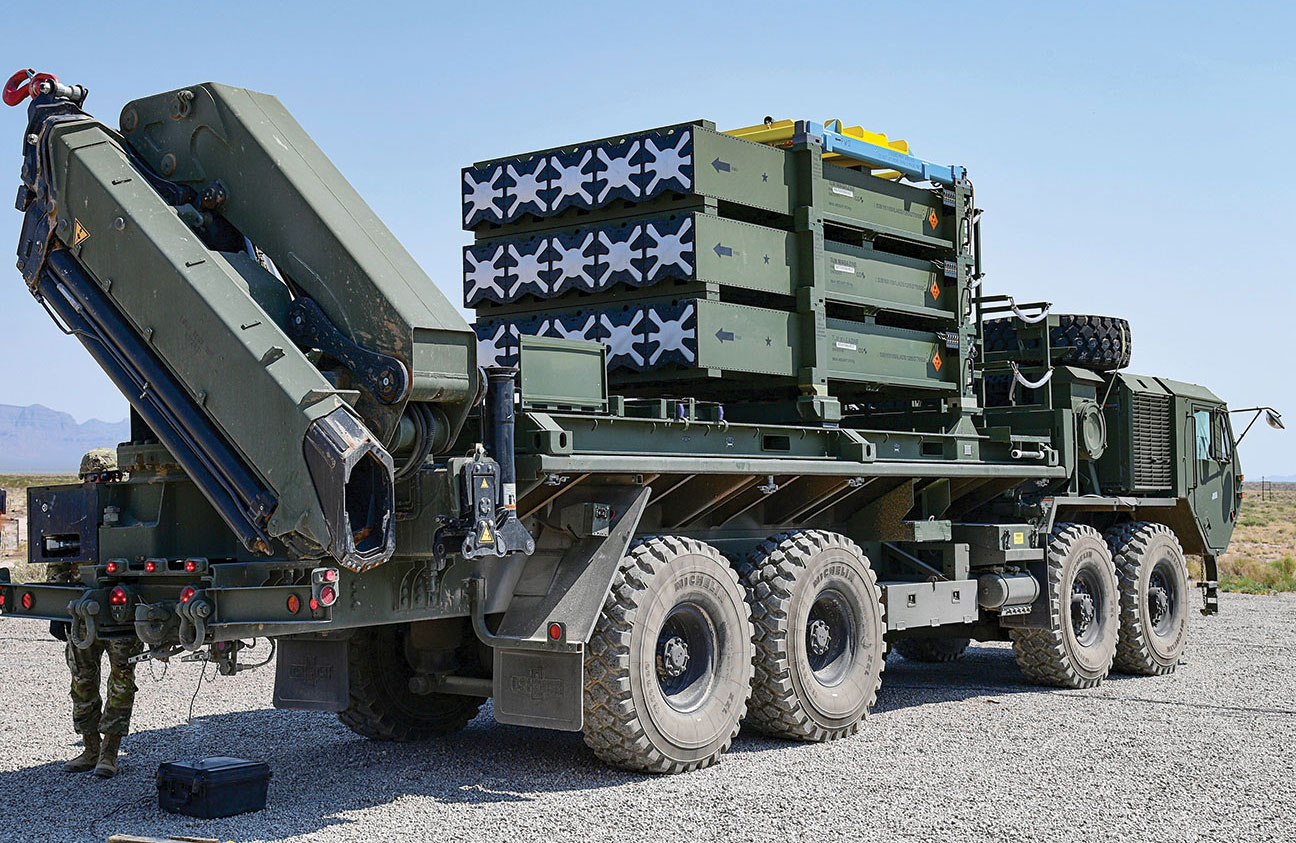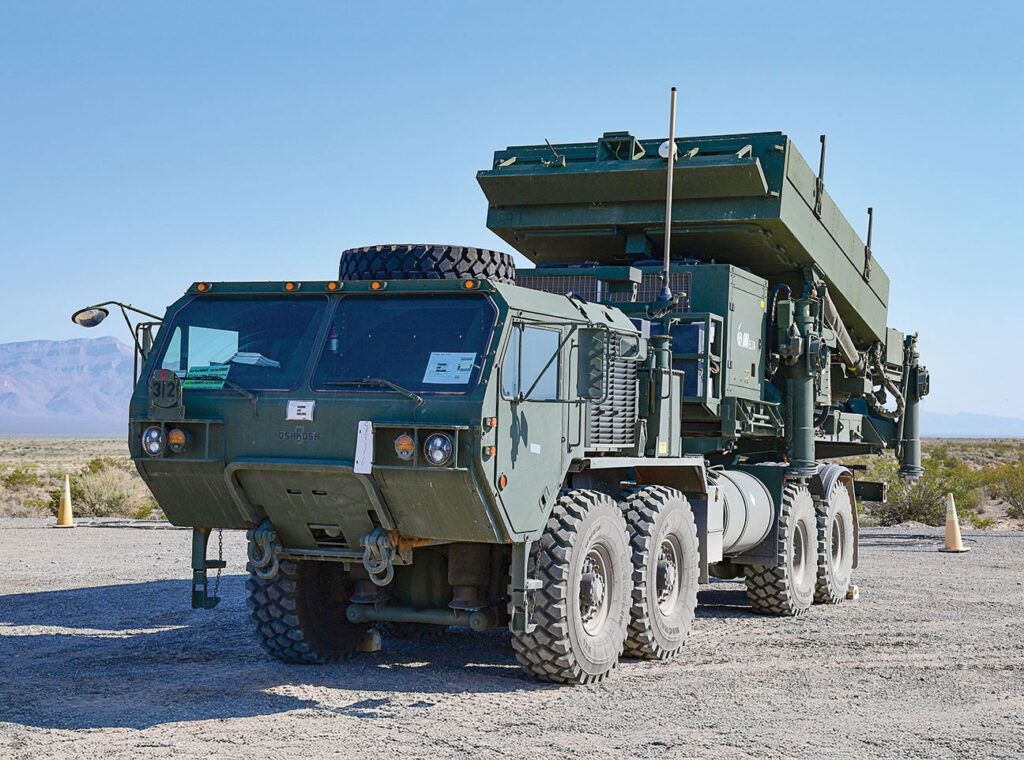The Golden Dome for America is likely to feature missile defense systems in many domains.
DARRELL AMES/PROGRAM EXECUTIVE OFFICE MISSILES AND SPACE
U.S. President Donald Trump signed an executive order (EO) on January 27, 2025, directing the U.S. Department of Defense to build an “Iron Dome for America,” which is shorthand for a next-generation missile defense shield for the United States (and since rebranded as the Golden Dome for America). “Over the past 40 years, rather than lessening, the threat from next-generation strategic weapons has become more intense and complex with the development by peer and near-peer adversaries of next-generation delivery systems and their own homeland integrated air and missile defense capabilities,” the EO noted. Although skeptics have questioned the cost and technological feasibility of a Golden Dome, the need to defend North America against ballistic, hypersonic, advanced cruise missiles and other next-generation aerial attacks from peer, near-peer and rogue adversaries is now a U.S. priority.
Many will think of Israel’s 10 Iron Dome batteries, which can cover about 150 kilometers, to guard against missiles launched from relatively short ranges. Israel also has other systems, including David’s Sling, Arrow System and Terminal High Altitude Area Defense (THAAD), which together protect 9.4 million people and about 22,000 square kilometers of land. A Golden Dome for the U.S. will be on a scale, size and level of complexity to deal with the myriad missile threats (and their trajectories, flight paths and delivery systems) that will stretch the capabilities of engineers, scientists and the military. The system could cover North America, including Canada, the Arctic and Alaska, protecting more than 380 million people and 19 million square kilometers. However, for this current iteration of the EO, the Golden Dome will likely concentrate on the U.S.; the EO is clear that it is the Golden Dome for America. The technical necessity for comprehensive space-based architecture and additional costs for systems to cover the entire continent of North America is beyond the current defense directive. The EO hints, however, at a role for allies and partners, noting, “Increase[d] bilateral and multilateral cooperation on missile defense technology development, capabilities, and operations” is required. Canada and other allies will have important parts to play.

Retired U.S. Adm. James Stavridis, the former Supreme Allied Commander of NATO, recently outlined the three elements of a successful Golden Dome for America: space-based sensors and interceptors; artificial intelligence to fuse and analyze information; and the ability to design, build and implement a new method of destroying incoming missiles, including with lasers.
The clarion call to protect North America has been made by successive commanders of the U.S. Northern Command (USNORTHCOM) and North American Aerospace Defense Command (NORAD). The goal of militaries is to have all-domain awareness and defense of North America, informed by sensors from seabed to outer space, that support deterrence by denial. Deterrence by denial aims to change the calculus of adversaries by permitting North America to see as far away as possible, in time and space, to give the commander information dominance and decision superiority. In other words, if North America can detect potential threats earlier, governments have more options to respond, especially options that do not involve force. The Golden Dome for America could fundamentally reshape how the U.S. thinks about defense and redefine integrated air and missile defense systems. But answers about what to defend and from what need to come first.
The costs, logistics and engineering need to be tackled. Rather than one system to cover all of North America, it is more likely to be many systems in many domains to deal with different missile threats that protect the continental U.S. at the early stages and expand from there with individual, likely ground-based and aerial systems for Canada and Alaska.

Missile defense and modernizing early warning systems in the North American Arctic are complicated by the lack of persistent satellite communications capabilities above 60 degrees latitude. Today’s effective missile defense systems are information-intensive, and future versions will be more so. One reason the F-35 is so hotly anticipated in Canada is because it is a data and information vacuum, but managing such information flows requires new communications capabilities. Technical issues posed by the Arctic location include frequent low cloud cover, aurora effects, maintaining a stable power supply, thermal management for optics, ice formation, protecting sensitive optical components and complex atmospheric turbulence, among others. Adequate supply chains and industry capacity are other challenges.
Strategically, the Arctic is a critical portion of the future Golden Dome, especially for cruise missiles, given that the shortest avenue of approach for many adversaries’ delivery systems is over the Arctic. Analysts have wrestled with missile defense for decades, including the U.S. Missile Defense Agency, U.S. Strategic Command, USNORTHCOM, NORAD, U.S. Space Force (and component commands), and Defence Research Development, Canada’s missile defense research programs.
Canada shares these concerns and has committed to help address them through modernization programs at the long-standing binational command NORAD. This includes promises to enhance Canada’s military footprint in the northern approaches to North America. NORAD warns of incoming missiles, but USNORTHCOM decides which ones to defeat using its Ground-Based Midcourse Defense System, which is oriented to defeat intercontinental ballistic missiles. NORAD’s North Warning System, a series of short- and long-range radars, and future Arctic and Polar Over the Horizon Radar systems will be essential sources of information. The latter two will be able to see far beyond North America and into the Arctic and the Greenland-Iceland-U.K. gap. A firm commitment to contribute to the Golden Dome is an important shift in policy for Canada.

DARRELL AMES/PROGRAM EXECUTIVE OFFICE MISSILES AND SPACE
The deadlines the EO sets for initial concepts are tight, and off-the-shelf options likely will be preferred. NORAD will continue to defend all of North America with its three missions: aerospace warning, aerospace control and maritime warning.
Canada has a great opportunity to rethink its defense posture and the sensors and space-based assets that it hosts. It could catalyze deeper bilateral cooperation in continental defense, pushing both countries to develop new capabilities tailored to high-latitude operations. The U.S. is defended with the help of allies and is the basis of Franklin D. Roosevelt’s famous pledge in 1938 delivered in Kingston, Ontario, that the American people will “not stand idly by.” Canada must be ready to do its part.
Troy Bouffard is director of the Center for Arctic Security and Resilience at the University of Alaska Fairbanks. P. Whitney Lackenbauer is Canada Research Chair in the Study of the Canadian North, and a professor at the School for the Study of Canada at Trent University. Andrea Charron is director of the Centre for Defence and Security Studies and a professor of political studies at the University of Manitoba. This article originally was published by the Wilson Center under the heading “Iron Dome and Implications for the North.”
The opinions expressed do not necessarily represent the policies or points of view of USNORTHCOM or the United States government.

